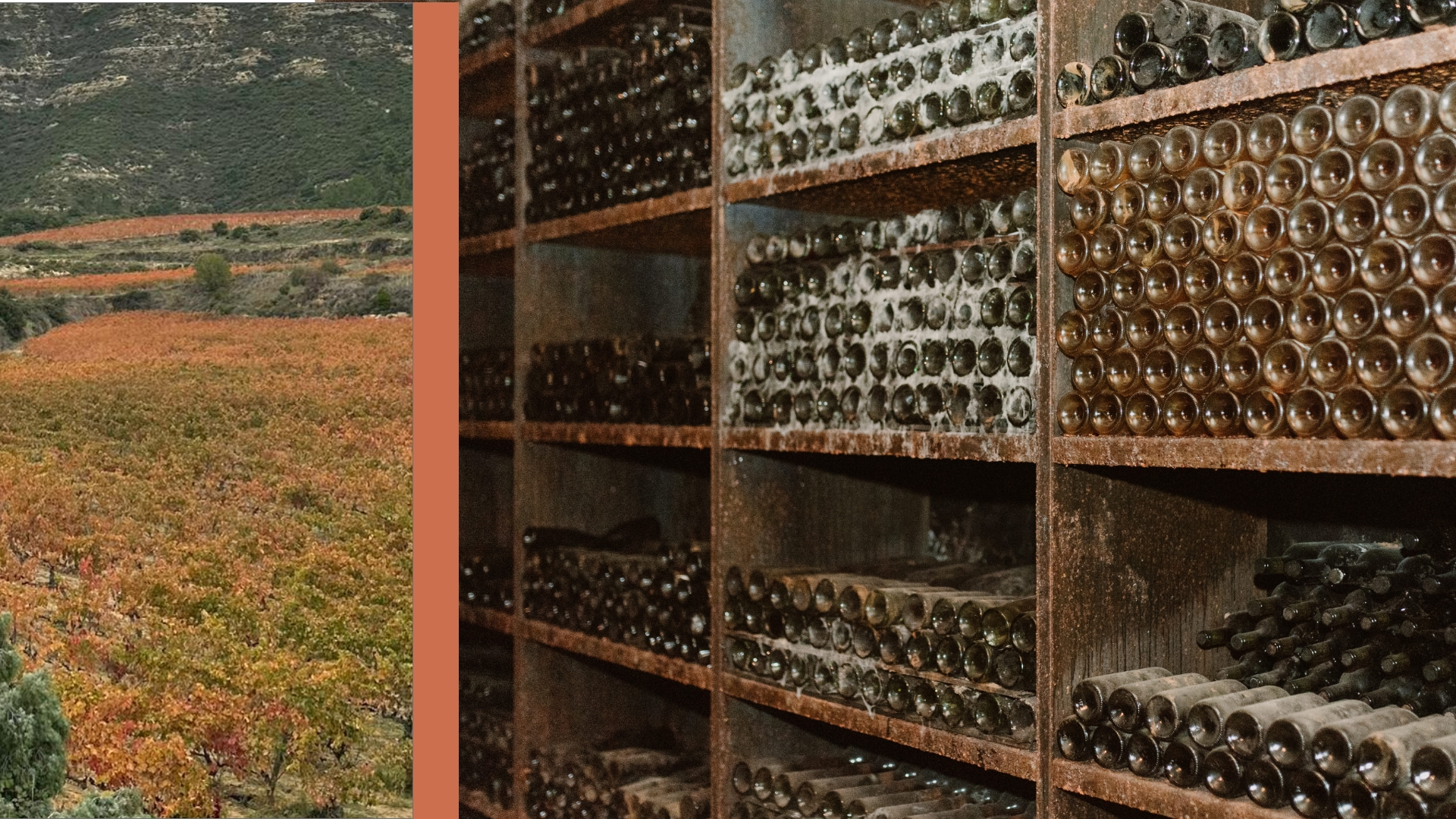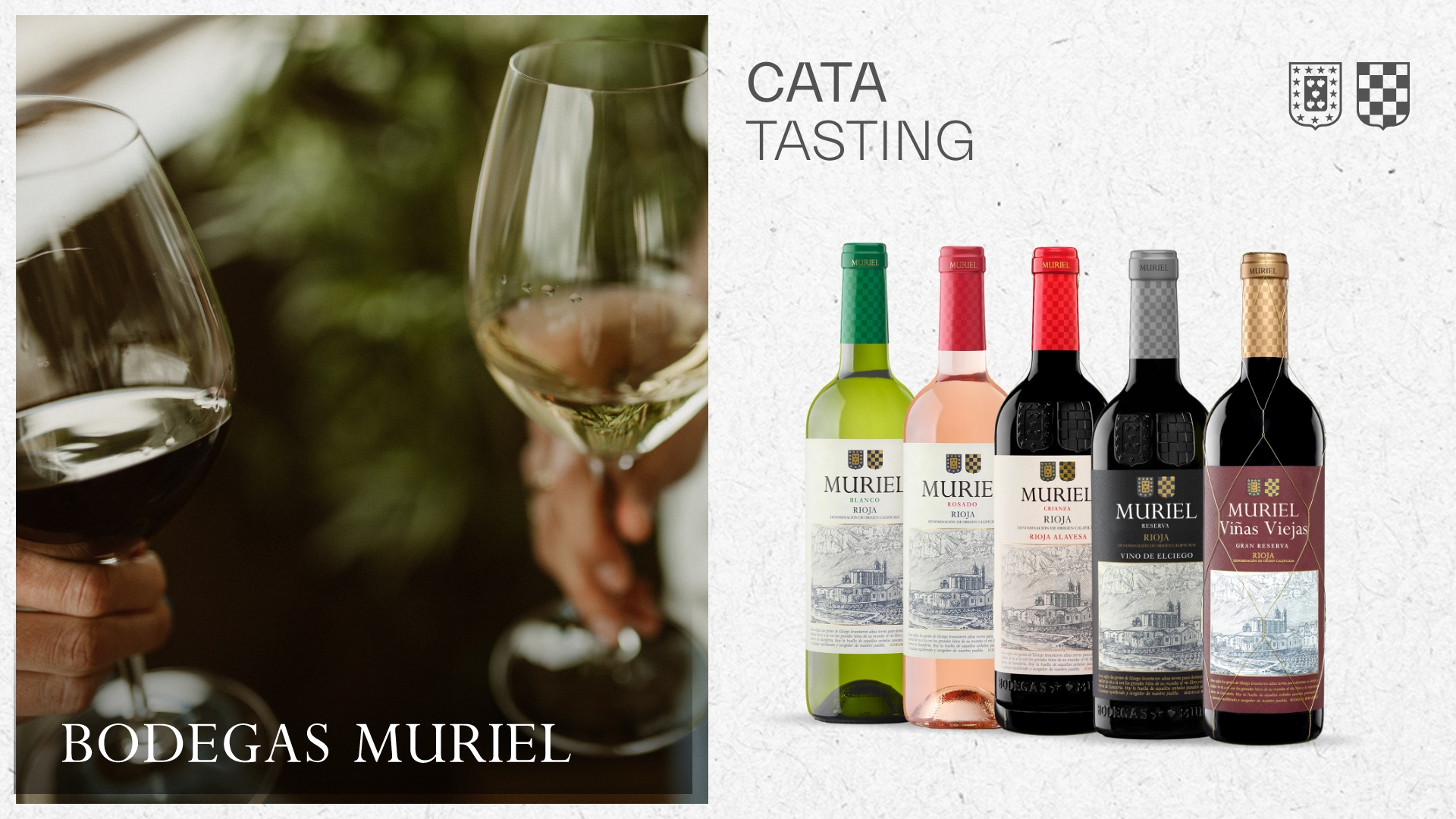A vast space crammed with barrels stacked on several levels. A dim light casts a soft glow over the room, creating an attractive contrast of shadows with the curved shapes. This is undoubtedly one of the iconic images of our wine business. And, in particular, it is a symbol of Rioja wineries such as Muriel.
But what is the history and purpose of our most widely-used vessels? What types of barrels do we use? Why are they so important for Muriel’s portfolio of wines?
1. The oak barrel: an overview
For centuries, cylindrical wooden containers have transported all kinds of goods, primarily liquids and foodstuffs. Today they are almost exclusively used in the production of wines and spirits such as whisky. Although there are different barrel sizes, the 225-litre container, known as the Bordeaux barrel, is regarded as the standard.
The bulge of barrels means that they can be easily rolled and spun, a major advantage in terms of ease of handling. Their peculiar, ancient shape also helps any sediment to settle on the bottom, allowing the wine to be racked for cleaning and refining.
Most of the barrels manufactured and used these days are made of oak from various origins. Among them, American oak and French oak stand out. The main difference between the two is their porosity and, consequently, the resulting nuances in the ageing process.
2. What are Muriel's barrels like?
Seventy percent of our barrels are made of American oak and virtually all the rest are made of French oak. We have been testing some Spanish oak barrels for some years now, with promising results. We work with several cooperages, and each one lends its own style, beyond the type of oak used to make the barrels. As for the toast —in other words, the degree of heat from a fire applied to the inside of the barrel— at Muriel we use medium toast for most of our red wines. Crianza whites, on the other hand, mature in light toast barrels.
3. The impact of the barrel on the wine.
Quick answer: complexity, structure and nuances. If we look at it more closely, it is important to consider the details. The fact is that not all barrels are the same. Each grape variety and each style of wine requires a different type of barrel —in the winery, we take the time to experiment and choose the most suitable barrels.
You may also be interested in:




